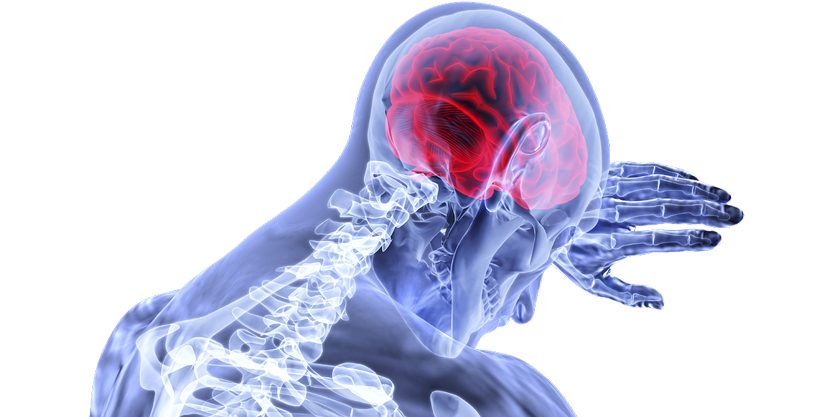Luke Perry’s Unfortunate Demise Indicates Stroke is Not Just a Concern for Elderly
Many assume that a stroke happens among the elderly. However, the recent death of Luke Perry, at the age of 52, has come as a strong reminder that stroke can happen to younger individuals too. A stroke occurs when there is a disruption in the flow of blood to your brain. It can be caused by either internal bleeding or a blood clot. Around 10% of the strokes that happen every year in the Europe strike individuals who are less than 50 years of age.
Stroke Cases
While stroke typically affects the elderly population, it certainly doesn’t mean it can’t affect individuals of other age groups. According to experts, stroke can affect not just middle-aged individuals but also young adults in their 20s and 30s, and even children. Evidence has suggested that there has been an increase in the rate of stroke cases amongst the younger population in the recent years.
According to the Burden Of Stroke Report, launched in the EU Parliament by Stroke Alliance for Europe, about 85% of stroke cases are ischemic strokes, when a clot stops the blood from flowing to the brain. Generally, the risk of a stroke increases with age, 15% cases of ischemic stroke occur in adolescents and young adults.
Risk Factors and Causes of Stroke
The risk factors that can increase your chances of experiencing a stroke includes:
- Obesity
- High cholesterol
- Diabetes
- High blood pressure
- Smoking
- Cardiovascular diseases
Some potential causes of stroke include:
- Arterial Dissection – an artery lining tears and gets separated from the vessel wall. This results in the formation of a blood clot at the location of the tear, which makes its way to the brain, blocking the blood flow.
- Hole in Heart – when an infant takes its first ever breath, the passageway between the heart’s right and left side should close. In certain cases, that passageway stays open leaving a hole. This hole can increase the chances of a stroke in future.
- Clotting of Blood – in some individuals, due to some genetic mutation, blood clots are formed, which can make their way to their brain, stopping the flow of blood.
- Rhythm Disturbance or Heart Defect – a structural defect in the heart can be caused by various factors, including a previous heart attack. This can lead to the formation of clots in the heart, which can travel to the brain.
- Narrowing of Artery – this can be caused by certain drugs and can block the blood flow in the brain.
- Arteriovenous Malformation – this happens when there is a formation of a tangle of blood vessels with abnormal connections between arteries and veins which prevents the blood from flowing in the brain.
There are various signs that indicate that an individual is having a stroke, including speech difficulties, arm weakness, and face drooping. It is essential to take the right measures to prevent stroke like restricting smoking and intake of alcohol, regular physical activity, and maintaining a healthy weight and diet.

